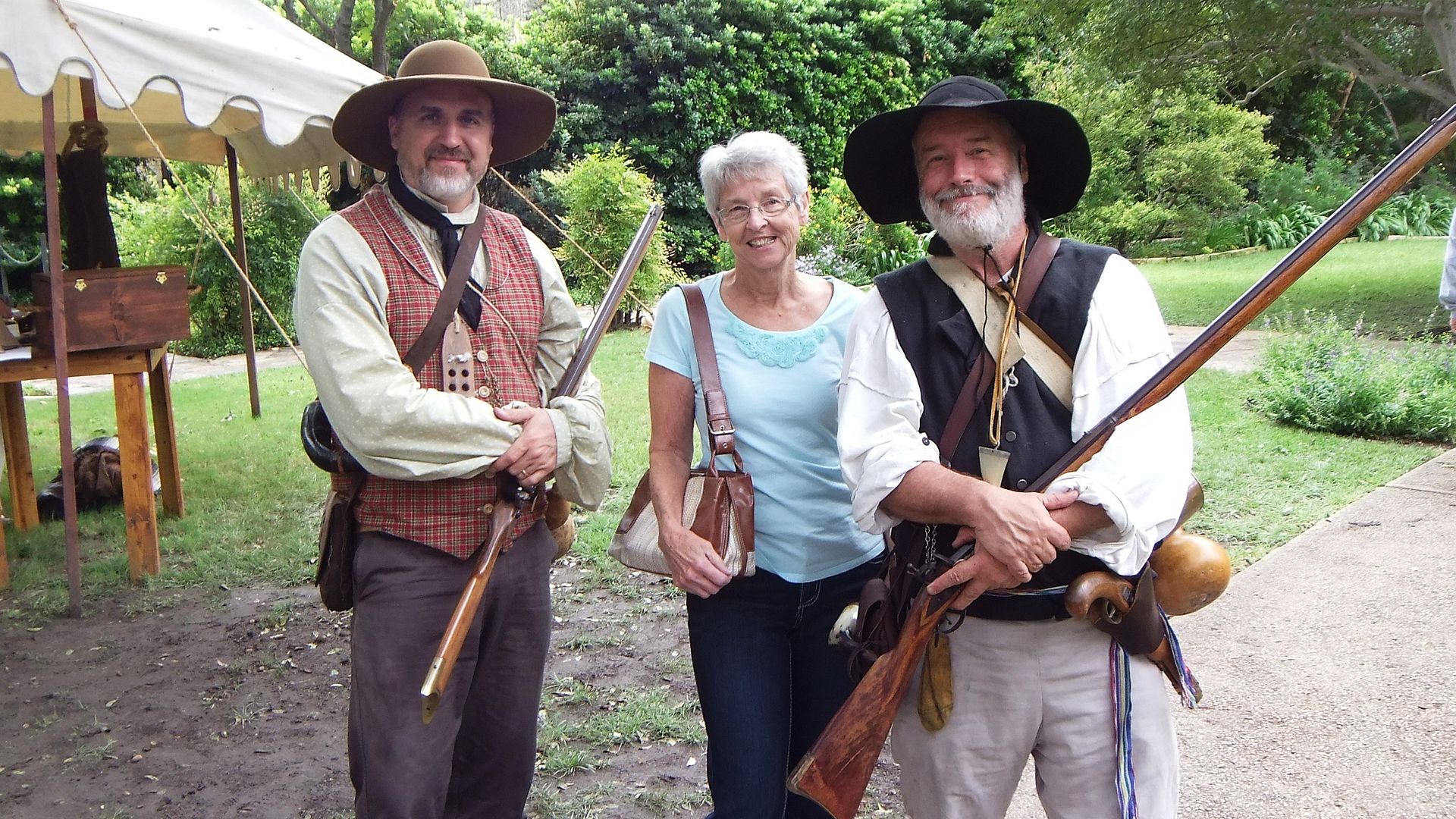Birdwatcher
45 Cal.
- Joined
- Dec 25, 2003
- Messages
- 643
- Reaction score
- 7
Bought it used last year. When I ain't expecting to do firing demo's the several times a year I get to reenact at the Alamo I'll bring it along (when I'm going to be firing the nod goes to my smoothie, just easier to clean on the spot).
Ok its a .50 cal non-tapered Ed Rayle barrel. Finish is beeswax w/charcoal (??).
Large Siler deluxe lock (I think), pewter nosecap, no sideplate no buttplate, one ramrod thimble.
I'd be interested in hearing from folks here what location and date it best fits (or doesn't fit). You'd be surprised how interested visitors to the Alamo are in such details.
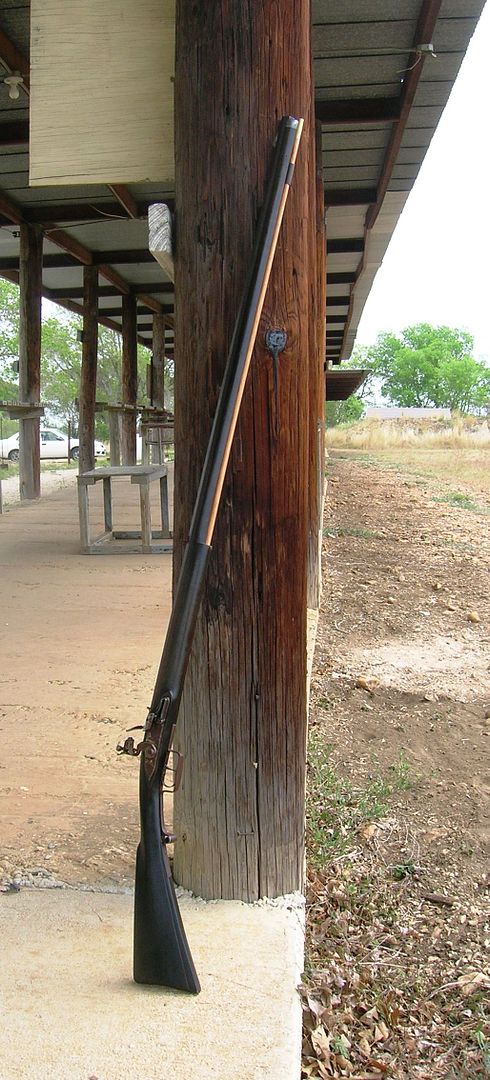
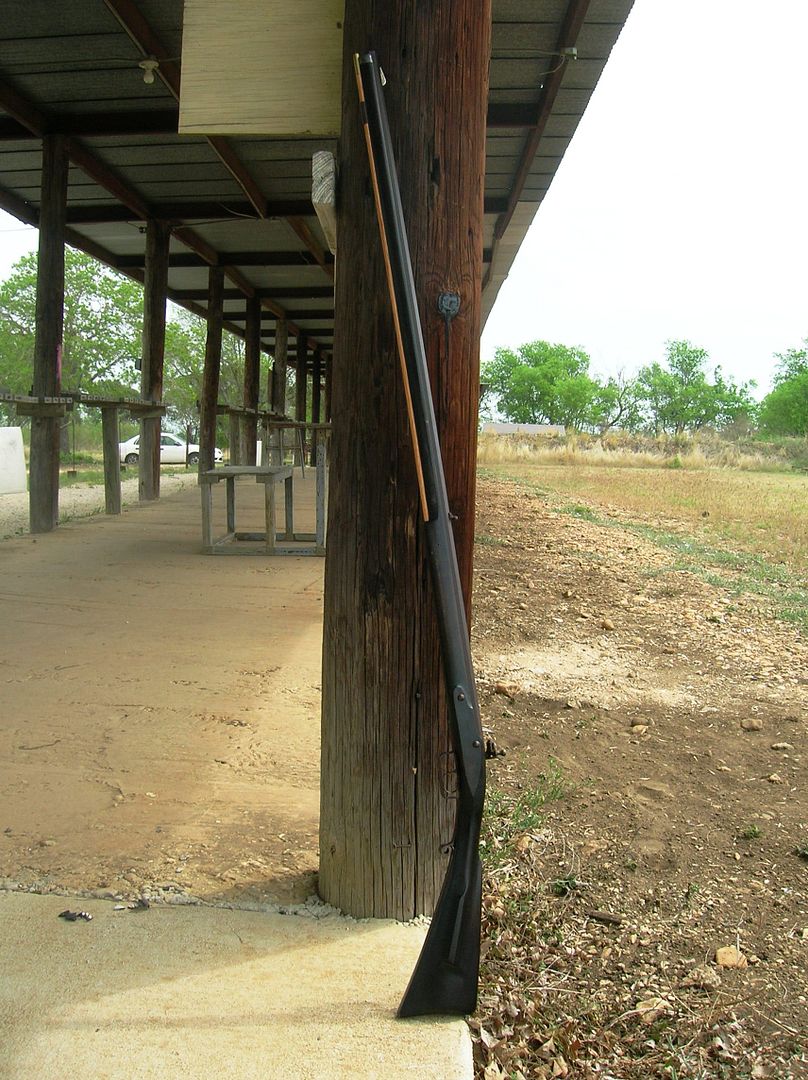
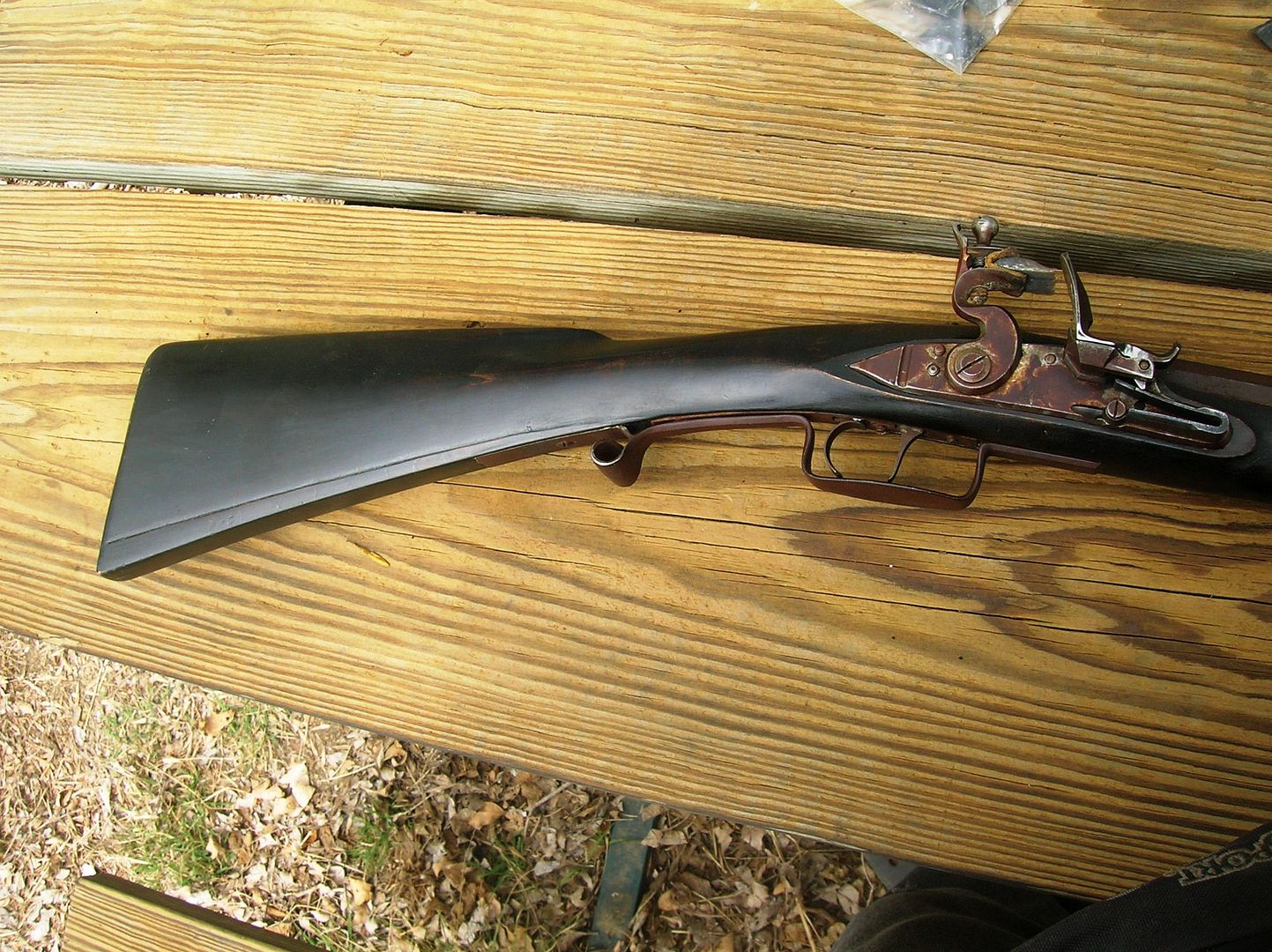
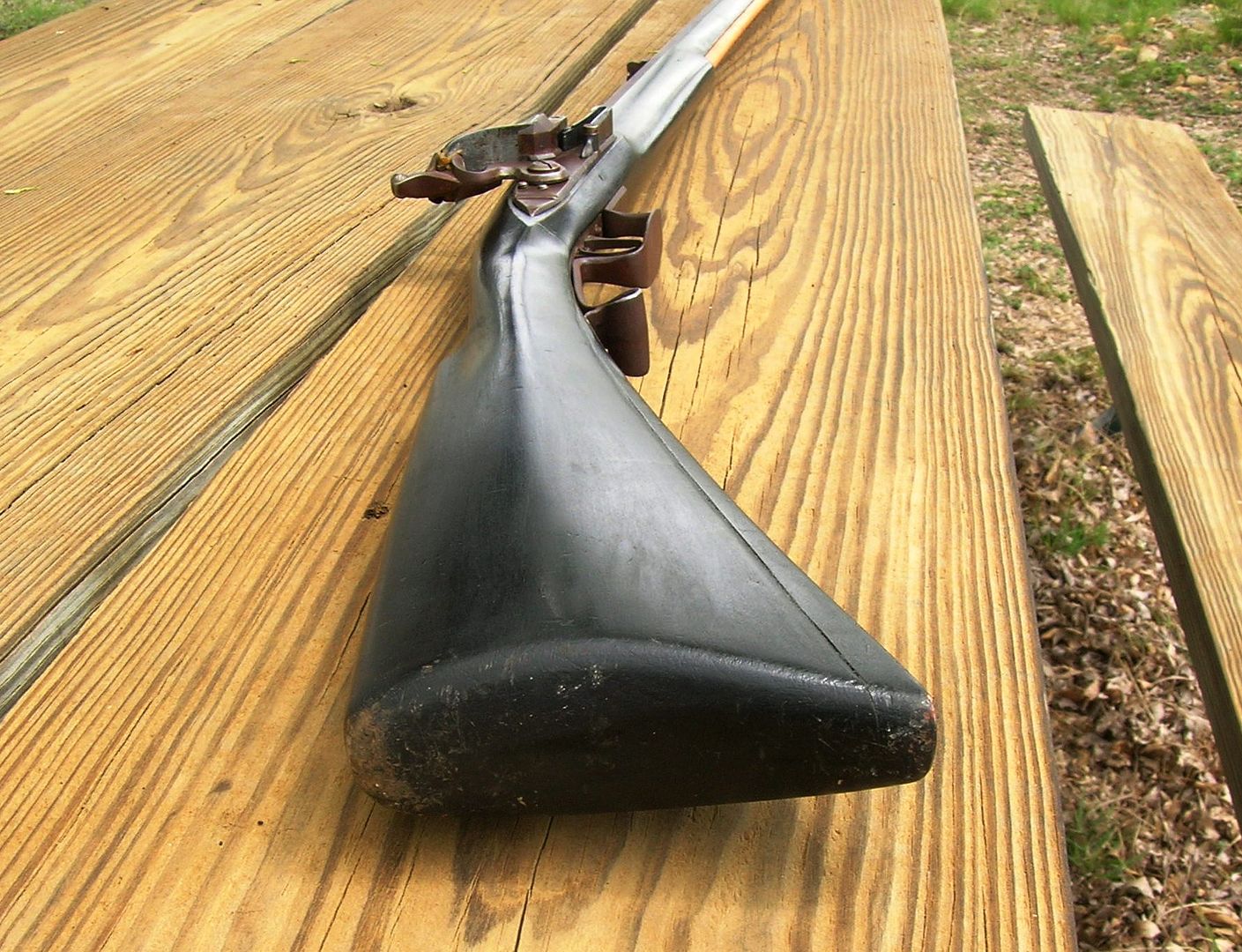
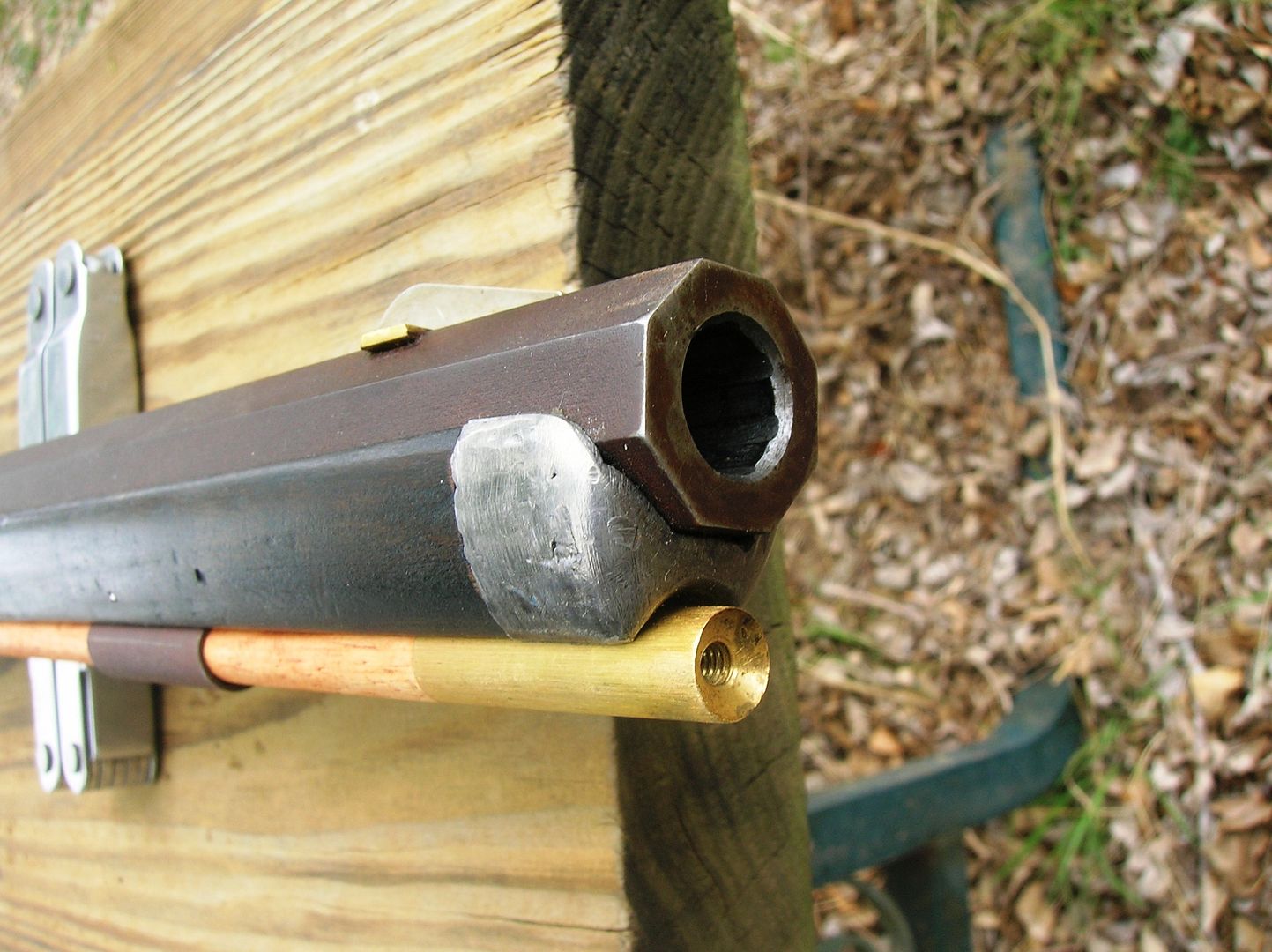
With the dark finish and pewter nosecap I could always pass it off as an early Nylon 66 :grin:
Thanks,
Birdwatcher
Ok its a .50 cal non-tapered Ed Rayle barrel. Finish is beeswax w/charcoal (??).
Large Siler deluxe lock (I think), pewter nosecap, no sideplate no buttplate, one ramrod thimble.
I'd be interested in hearing from folks here what location and date it best fits (or doesn't fit). You'd be surprised how interested visitors to the Alamo are in such details.





With the dark finish and pewter nosecap I could always pass it off as an early Nylon 66 :grin:
Thanks,
Birdwatcher




